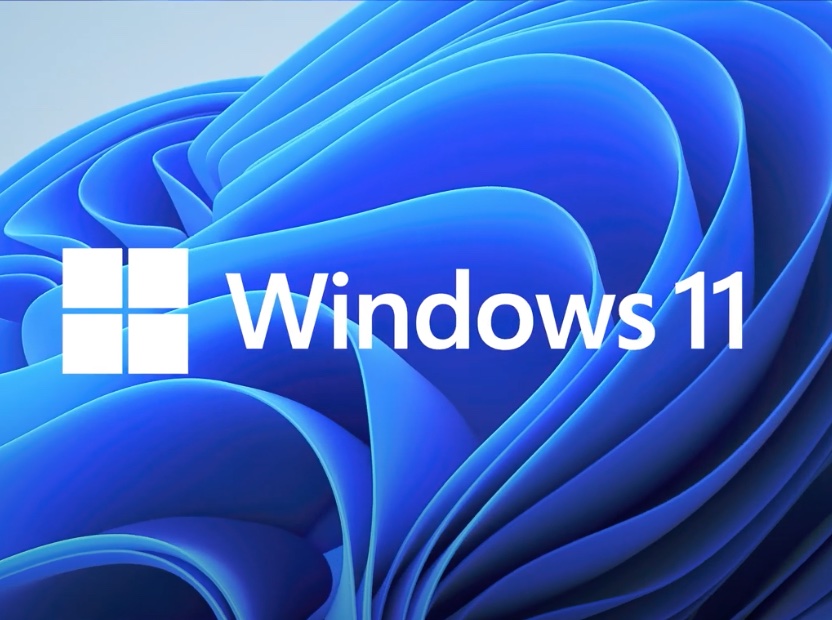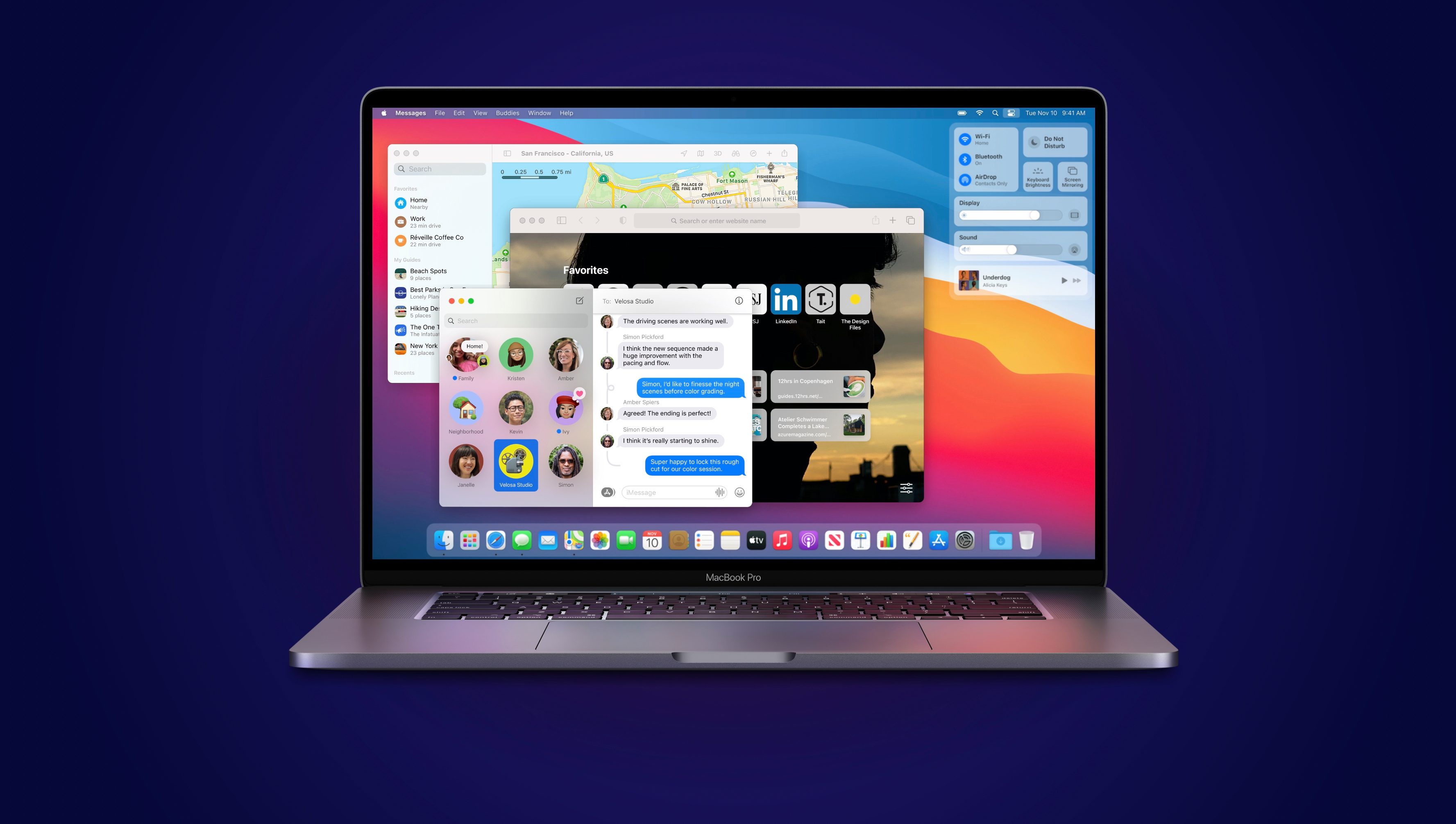Microsoft has unveiled a new tool that it says should help protect Windows 11 users from losing valuable passwords.
As part of the recently announced Windows 11 22H2 update, new enhanced phishing protection will now warn users when they write down passwords in certain apps or websites that are considered potentially unsafe.
This even includes Microsoft’s own apps, including Notepad and Microsoft Word, as the company wants to try and ensure users are always protected.

Password protection
In a blog post announcing the launch (opens in a new tab), Microsoft said the new tool should stop unsuspecting users from accidentally writing out their passwords and protect them from hackers or scammers.
It uses the company’s SmartScreen protection platform to spot any saved passwords being entered, and displays a warning “Storing passwords in this app is not secure… We recommend deleting your passwords from this file”.
Users need to turn this feature on because while phishing protection is enabled by default on Windows 11 22H2, the password protection option is disabled.
To enable it, go to Start > Settings > Privacy & security > Windows Security > App & browser control > Reputation-based protection settings.
Scroll down to the Phishing Protection section, where there are options labeled “Warn me about password reuse” and “Warn me about insecure password storage.”
Microsoft added that IT administrators can customize alerts using mobile device management (MDM) solutions such as Microsoft Intune.
The release is one of several security-focused additions to Windows 11 22H2, the first major update to the platform in months.
Also included is Smart App Control, a new AI-enabled system that stops users from running malicious apps in Windows 11. Using an AI model that is refreshed daily, the tool assesses the level of threat posed by the executable, and if the threat level is high, the application will not be allowed to run.
Additionally, Windows 11 users will benefit from new protections designed to protect against the risks posed by vulnerable drivers, a common target for malware authors due to the Windows kernel’s privilege level.





